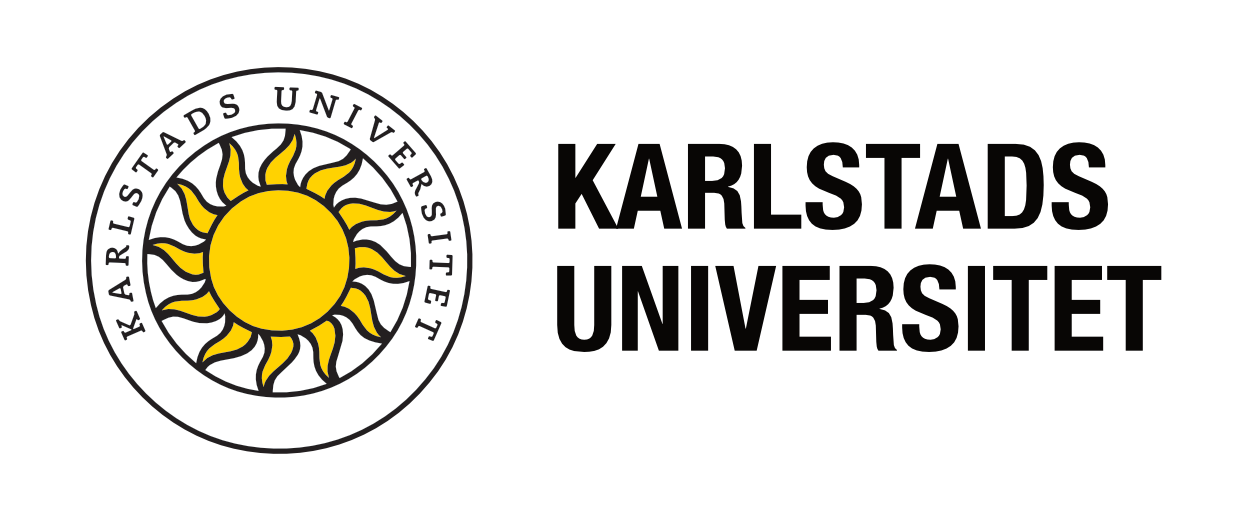This is a checklist for you who are a course leader/teacher in a university course with a website in Canvas. It is based on robust principles for what a good study environment for students should look like and it also makes life easier for you, the teacher. Use it to check that you do not accidentally miss something important.
The task is to organize the course website in Canvas so that it is easy to navigate for the students and easy to maintain for the teachers.
Principles
The canvas page will be a study environment for the course, thus much more than just a channel for distributing course material. This becomes especially important in distance courses, when the student does not have access to the campus environment.
When visiting the course website, the student needs to get an overview (chronological, work forms and course content), feel safe (that the course is well organized and that it will be possible to contact teachers if they are unceratin about something). And finally, the participant should find the actual course content interesting and desirable.
Feel free to watch the video where we present principles for a good study environment: Effective study environment online.
Checklist
Here are some things to keep in mind. Are they easy to find on the course website and are they presented so that the overall impression supports the principles:
1. Overview of what you will learn/what the course is about
The course objectives and/or a brief description in plain, no-nonsens text of the main things that you will learn. The syllabus is a formal document and seldom gives an inspiring overview of what you are learning, if you do not already know the terms and concepts that you are going to work with in the course.
2. Overview of how the course work is structured
Chronologically: Type of activities over the course time-line and specific events (as deadlines for submission of tasks).
The factual content: For example division into themes, how the factual content is processed, etc..
3. Administrative information
For example attendance requirements, compulsory elements and consequences/alternatives if you miss something compulsory, the various roles of the course leaders, contact information and the like. Such information is important both for creating trust and for establishing behavioral norms.
4. Schedule
I. e. the scheduled activities that the participants need to book in their calendars.
It may be wise to avoid giving detailed information in advance about individual activities that are to take place during the course or during individual lesson sessions. Such information limits the ability to make situational adjustments. The detailed information may easily be interpreted as commitments on the part of the teacher, and changes may then be percieved as failures rather than as situation adaptation, etc. In addition, the information value (E. g. details about exercises or discussion tasks that are planned for a specific session) is low for the student, as he or she does not have sufficient insight into either the course content or the didactic considerations that lead to any specific details.
5. Literature and other similar resources
Does the participant get a sufficient overview of the course material, such as course books, articles, compendiums, videos, etc.?
6. Examination tasks
What is required (specifically) for the participant to be considered to have completed the course and receive a course certificate/grade?
7. Course leader/teachers
Teachers’ contact information and their different roles (if they have different roles), as well as some kind of presentation of who they are. The latter is on the one hand about making the teachers stand out as the human individuals they are (Dare I contact you?) and on the other hand legitimizing them as course leaders / teachers (Are you credible?).
8. Contact
How can you get in touch with teachers and other students? Which channels/tools should you use? When? Urgent questions?
9. The overall impression
- Clear difference between administrative information and material that constitutes course content?
Course content must be lively, attractive, inspiring, varied.
Administrative information clear, concrete, unambiguous, consistent. - Unnecessary information?
For example. menu items in the left list that are not used in the course? Remove such! (Is made in the left column menu >Settings>Navigation.) - The structure of the course website is easy to understand?
For example. that there should not be many alternative paths to the same information, information you need often should not require many clicks, or that the same information should not be repeated in several different places. - The language unambiguous and sufficiently informal?
The linguistic style creates an image of the sender. Are they real people or are they hidden behind official language? If the style matches the individuals that the participant meets, it contributes to a clear and safe study environment. - Do the links on the pages work?
(There is a canvas function to check it: Left column menu >Settings>Validate links in the content(See far right)).

